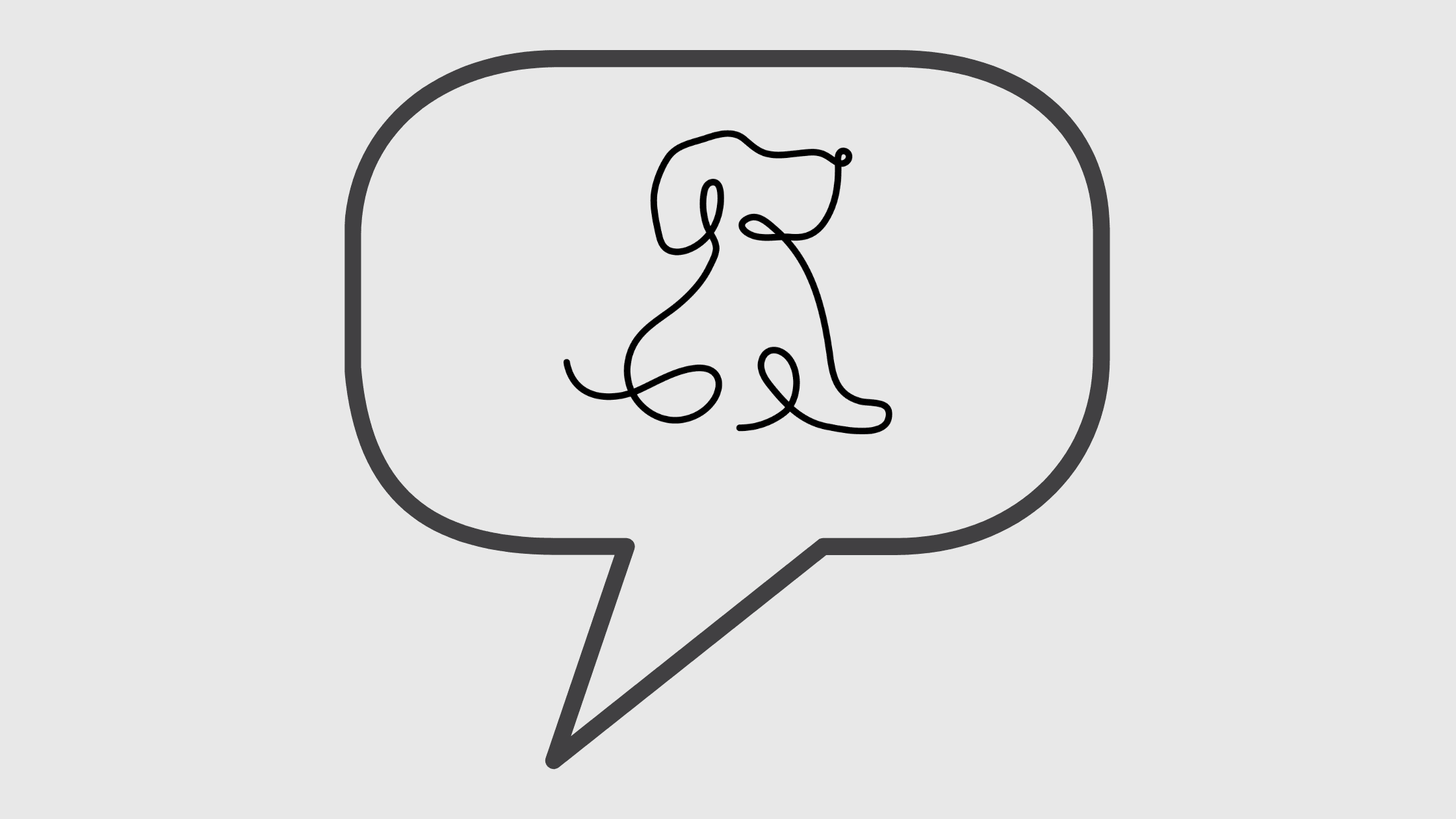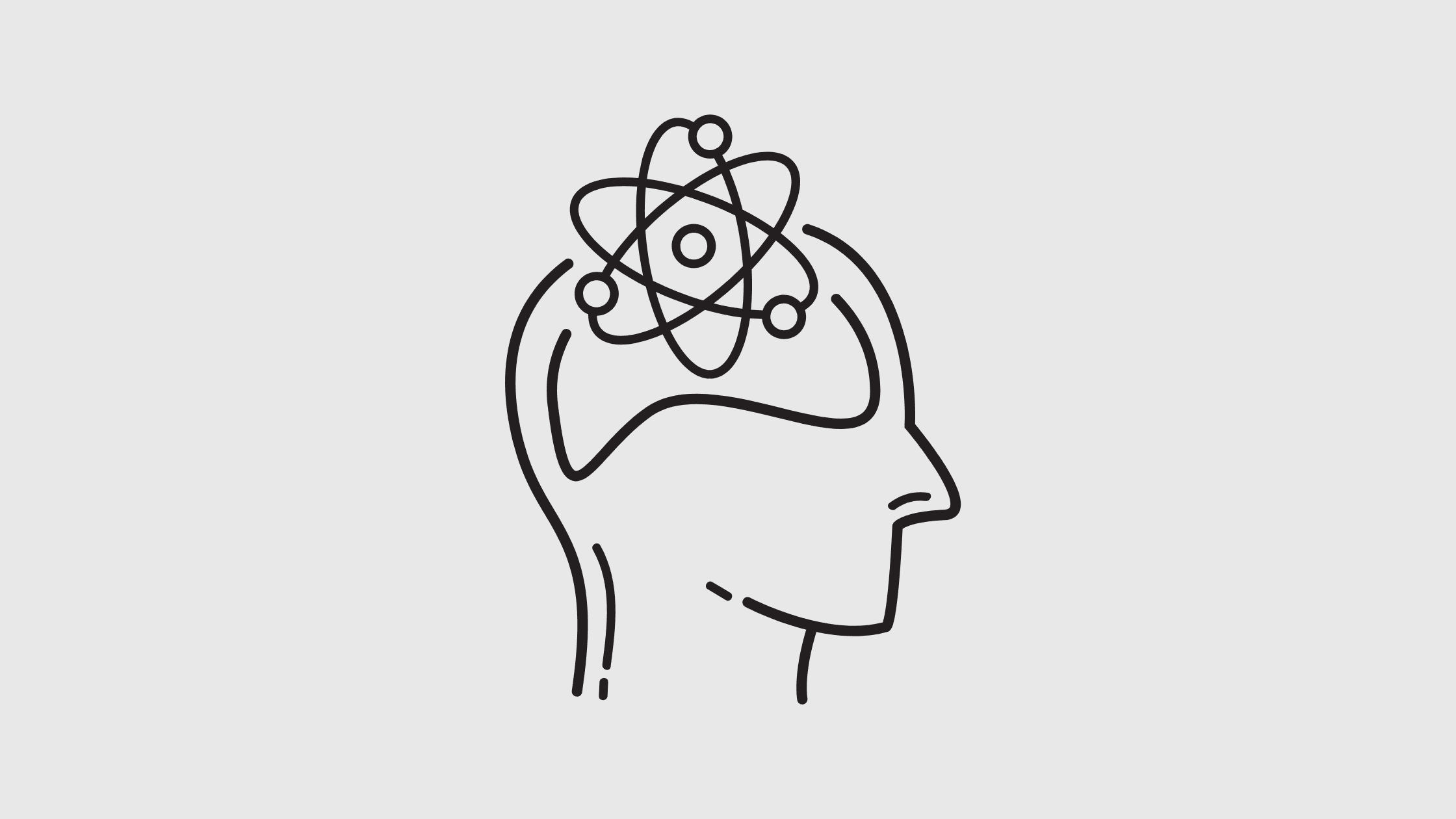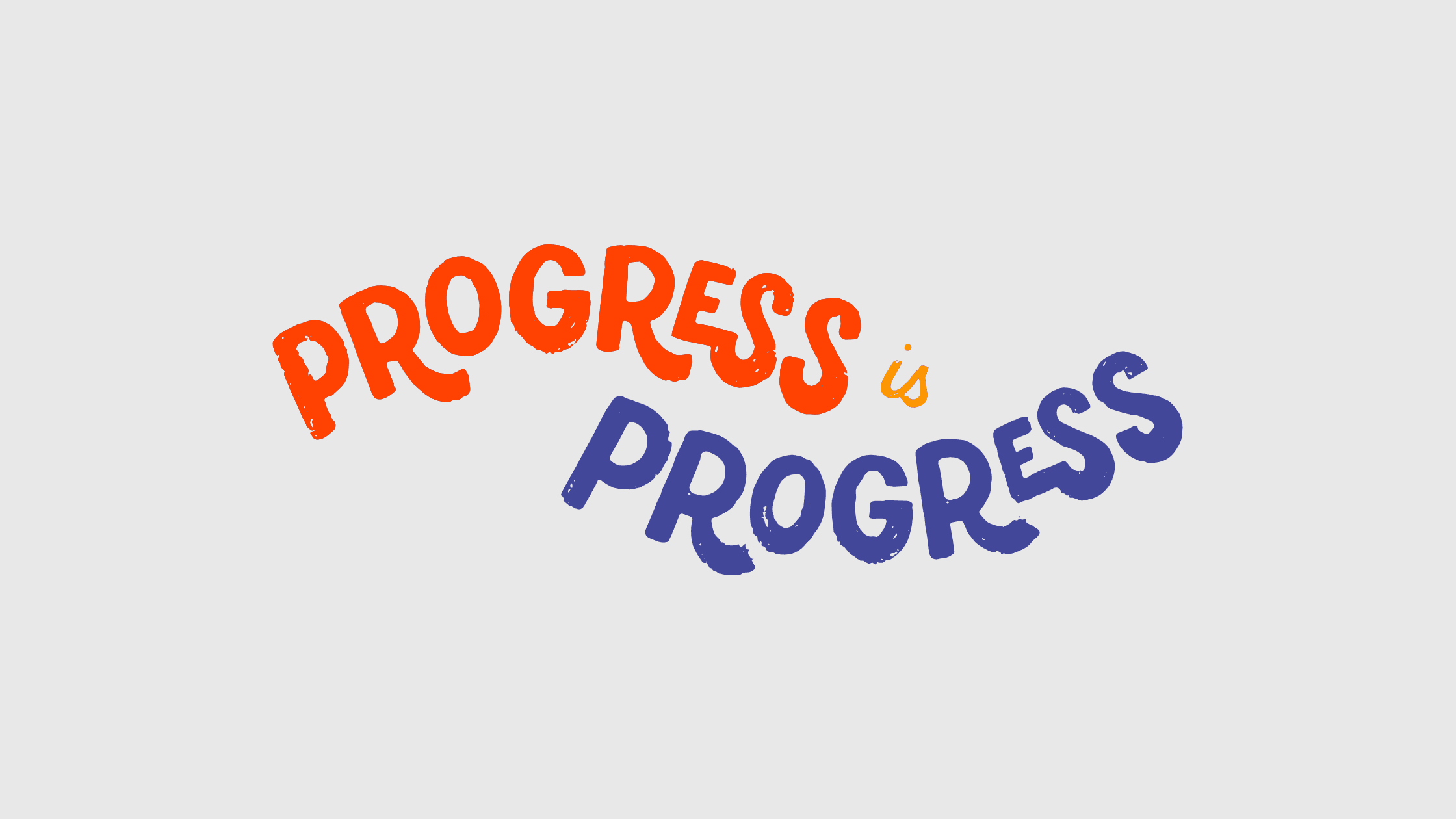Rebuilding Language in Palm Beach County: How Response Elaboration Training (RET) Helps Stroke Survivors Expand Their Speech
After a stroke, it's common to struggle with language. That’s why speech therapy can be such an important part of recovery.
You might be able to speak in short phrases—but not full sentences. Or you may know what you want to say, but only a single word comes out.
This type of language difficulty—often a result of non-fluent aphasia—can make conversation frustrating, even isolating. The disconnect between what you're thinking and what you can express can feel overwhelming for both patients and their loved ones.
One powerful technique I use during in-home speech therapy to help with this is called Response Elaboration Training (RET).
RET is simple, encouraging, and highly effective. It helps patients expand on what they say—whether that starts as a single word or a short phrase—building more natural, functional language one step at a time.
Understanding How Stroke Affects Communication
When a stroke affects the brain's left hemisphere, especially areas like Broca's area, it can impair your ability to:
Form complete sentences - Words may come out individually rather than in flowing phrases
Retrieve vocabulary - You know what you want to say, but can't find the right words
Use grammar correctly - Connecting words with proper structure becomes challenging
Speak fluently or smoothly - Speech becomes halting and requires significant effort
The result is often non-fluent aphasia: speech is halting, short, and effortful—but comprehension may be relatively preserved. This means that while understanding remains largely intact, expressing thoughts becomes the primary challenge.
Types of Communication Challenges After Stroke
Expressive Aphasia (Broca's Aphasia)
Understanding remains good
Speech output is limited and effortful
Grammar and sentence structure are affected
Frustration levels can be high
Mixed Aphasia
Both understanding and expression are affected
Requires modified approaches to therapy
Progress may be slower but still achievable
Difficulty coordinating the physical movements needed for speech
May co-occur with aphasia
Requires specialized motor-speech techniques
That's where RET shines: it meets the patient where they are and helps them build up from whatever they're able to say.
What Is Response Elaboration Training (RET)?
Response Elaboration Training is a patient-centered therapy technique designed to increase the length and richness of verbal responses in people with aphasia, especially after stroke.
Rather than correcting errors or forcing specific words, RET works with whatever the patient can say—and gently encourages more.
The Philosophy Behind RET
RET is based on several key principles:
Patient autonomy - The individual controls their own communication attempts
Natural interaction - Therapy mimics real-world conversation patterns
Positive reinforcement - All attempts are valued and built upon
Functional relevance - Skills practiced directly apply to daily communication needs
A Step-by-Step RET Session Example
Here's how a typical RET session works:
Step 1: I show a picture or prompts a response.
Therapist shows a picture of a man walking a dog. "Tell me what's happening here."
Step 2: The patient responds in their own words.
Patient: "Dog."
Step 3: I reinforce and expand the response.
Therapist: "Yes! That's a dog. Can you tell me more?"
Step 4: The patient tries again.
Patient: "Man... dog walk."
Step 5: I elaborate and repeat the expanded phrase.
Therapist: "Yes! The man is walking the dog. Let's say that together."
Step 6: The patient repeats the longer sentence.
Patient: "Man walking the dog."
This back-and-forth process helps strengthen word retrieval, sentence formulation, and confidence.
Why RET Works So Well After Stroke
✅ It's Flexible and Adaptive
RET doesn't depend on "right" or "wrong" answers. It works with what the patient gives—whether it's one word, a gesture, or a phrase—and encourages more language, not perfection. This flexibility allows therapists to:
Adapt to daily fluctuations in ability
Work with different communication styles
Accommodate varying energy levels
Build on spontaneous successes
✅ It Builds on Preserved Strengths
Many stroke survivors can still understand speech and think clearly, even if speaking is hard. RET uses preserved comprehension and reasoning to support expression by:
Leveraging intact cognitive abilities
Using visual and contextual cues effectively
Encouraging problem-solving strategies
Building confidence through success experiences
✅ It Encourages Functional Speech
Rather than isolated drills, RET mirrors real conversation—responding to questions, expanding on thoughts, and engaging with visual prompts. This approach:
Prepares patients for actual social situations
Practices skills needed for daily interactions
Builds conversational confidence
Develops natural communication patterns
✅ It Reduces Frustration and Anxiety
Patients don't feel like they're being tested. Instead, they feel supported, heard, and empowered to express more. The benefits include:
Lower stress during therapy sessions
Increased willingness to attempt communication
Improved self-esteem and motivation
Better carry-over to home and community settings
Advanced RET Techniques and Variations
Narrative RET
Focusing on storytelling and personal experiences:
Sharing memories from before the stroke
Describing daily routines and activities
Recounting recent events or conversations
Creating stories from picture sequences
Conversational RET
Practicing real-world communication scenarios:
Ordering food at restaurants
Making phone calls
Asking for help or information
Engaging in small talk with neighbors
Written RET
Combining speaking with writing for reinforcement:
Writing key words while speaking
Using communication boards as supports
Practicing both verbal and written responses
Creating personal communication journals
Who Benefits Most from RET?
RET is especially effective for:
Stroke survivors with non-fluent aphasia who understand well but struggle with expression
Individuals who can produce words, but have trouble building sentences and connecting ideas
Patients in mild to moderate stages of expressive aphasia who have some verbal output to build upon
Anyone working on speech expansion, confidence, and fluency regardless of time since stroke
Even those starting with just single-word responses can make real progress over time with RET.
Ideal Candidates for RET
Best suited for patients who:
Have some verbal output (even single words)
Show good comprehension abilities
Demonstrate motivation to communicate
Can attend to tasks for 15-30 minutes
Show frustration with limited expression
May need modified approaches:
Severe comprehension deficits
Very limited attention span
Significant cognitive impairments
Complete absence of verbal output
What to Expect in RET-Based Therapy Sessions
Session Structure and Activities
During RET-based therapy sessions, patients might:
Visual Description Tasks
Describe pictures of everyday activities
Talk about family photos and personal memories
Explain processes like cooking or gardening
Discuss seasonal changes or current events
Personal Narrative Practice
Tell stories about past events and experiences
Share information about family members
Describe their home, neighborhood, or workplace
Recount recent doctor visits or therapy sessions
Functional Communication Practice
Practice answering open-ended questions
Build up from short responses to full sentences
Rehearse commonly used phrases for daily life (e.g., "I need help," "I want coffee," "Let's go outside")
Role-play common social interactions
Progressive Complexity
Start with single words and build to phrases
Move from phrases to simple sentences
Progress to complex sentences with details
Work toward spontaneous, fluent expression
Customization and Personalization
Therapists often adapt the prompts to match the patient's interests and lifestyle, keeping sessions engaging and meaningful. This might include:
Using photos from the patient's own life
Discussing favorite hobbies or sports teams
Practicing vocabulary related to their profession
Incorporating cultural and linguistic background
Addressing specific communication goals and needs
Measuring Progress and Success
Short-term Goals (2-4 weeks)
Increase average response length by 1-2 words
Improve consistency of verbal attempts
Reduce frustration during communication tasks
Show increased confidence in therapy sessions
Medium-term Goals (2-3 months)
Consistently produce 3-5 word phrases
Demonstrate improved word retrieval
Show carry-over to conversations outside therapy
Increase participation in family discussions
Long-term Goals (6+ months)
Engage in basic conversational exchanges
Tell simple stories or recount events
Express needs and wants clearly
Participate more fully in social activities
Tracking Progress
Quantitative Measures:
Average words per response
Number of content words produced
Percentage of meaningful utterances
Time to respond to prompts
Qualitative Measures:
Confidence level during communication
Willingness to attempt longer responses
Frustration levels during conversation
Family reports of improved communication
Supporting RET at Home: A Guide for Families
Creating a Supportive Environment
Do:
Give extra time for responses
Show interest in communication attempts
Use encouraging body language and facial expressions
Practice patience and celebrate small victories
Ask open-ended questions when possible
Avoid:
Finishing sentences unless requested
Showing frustration or impatience
Correcting every error immediately
Speaking for the person in social situations
Rushing conversations or interactions
Home Practice Activities
Daily Conversation Starters:
"Tell me about your morning"
"What did you see on your walk?"
"Describe what you had for lunch"
"Share a memory from today"
Picture Description Games:
Family photo albums
Magazine pictures
Travel photos
Holiday or special event pictures
Structured Activities:
Describing favorite recipes
Explaining how to do a hobby
Talking about the weather
Discussing TV shows or news
The Science Behind RET: Research and Evidence
Clinical Studies and Outcomes
Research has consistently shown that RET produces measurable improvements in:
Response length - Patients typically increase their average response by 40-60%
Information content - More meaningful words and ideas are expressed
Confidence levels - Reduced communication anxiety and increased participation
Functional communication - Better performance in real-world situations
Neuroplasticity and Recovery
RET works by taking advantage of the brain's ability to form new connections and pathways:
Repetition and practice strengthen neural pathways
Positive reinforcement encourages continued efforts
Multimodal stimulation engages multiple brain regions
Functional relevance promotes real-world application
Comparison to Other Approaches
While traditional therapy often focuses on correcting errors, RET emphasizes:
Building on strengths rather than correcting weaknesses
Natural conversation flow rather than drill practice
Patient-led responses rather than therapist-directed answers
Functional communication rather than perfect grammar
Combining RET with Other Therapies
Complementary Approaches
Constraint-Induced Language Therapy (CILT)
Intensive practice with verbal-only communication
Can be combined with RET for maximum benefit
Focuses on forced use of verbal expression
Melodic Intonation Therapy (MIT)
Uses melody and rhythm to facilitate speech
Particularly helpful for patients with severe non-fluent aphasia
Can prepare patients for RET by improving verbal output
Script Training
Practices specific, personally relevant conversations
RET can help expand and generalize scripted responses
Builds confidence for social interactions
Technology Integration
Communication Apps and Devices
Speech-generating devices can support RET practice
Apps can provide visual prompts and feedback
Voice recording features help track progress
Telepractice Opportunities
Remote therapy sessions using video conferencing
Home practice with virtual therapist support
Increased access to specialized RET training
In-Home Services
Convenient therapy in familiar environments
Reduced stress and travel burden for patients and families
Available throughout Boynton Beach, Lantana, Lake Worth, and surrounding South Florida communities
Personalized care in the comfort of your own home
Progress Happens—One Word at a Time
After a stroke, the road to recovery can feel long and uncertain. Language recovery requires patience, persistence, and the right therapeutic approach. But communication recovery is not only possible—it's probable with appropriate intervention.
Recovery doesn't have to start with full sentences. It starts with a word. A gesture. A spark of connection between thought and expression.
Response Elaboration Training helps turn that spark into meaningful conversation, rebuilding not just language skills, but confidence, social connection, and quality of life.
The Journey of Recovery
Early Stages:
Focus on single words and short phrases
Build confidence through success experiences
Establish therapeutic rapport and trust
Set realistic, achievable goals
Middle Stages:
Expand to longer phrases and simple sentences
Increase variety in vocabulary and topics
Practice functional communication scenarios
Generalize skills to different contexts
Advanced Stages:
Work on complex sentence structures
Engage in extended conversations
Practice abstract and creative expression
Maintain and refine communication skills
Hope and Realistic Expectations
Every stroke survivor's journey is unique. Some may progress quickly, while others need more time. What matters is that progress is possible at any stage, and that each small step forward represents meaningful improvement in communication and quality of life.
The brain's capacity for recovery and adaptation, combined with evidence-based therapies like RET, provides hope and practical pathways forward for stroke survivors and their families.
Take the Next Step
If you or someone you love is struggling with speech after a stroke, don't wait to seek help. Early intervention often leads to better outcomes, but it's never too late to start therapy.
Contact Nina today to:
Schedule a comprehensive communication evaluation
Learn more about RET and other therapy options
Develop a personalized treatment plan
Connect with resources and support services
Begin the journey toward improved communication
We'll create a personalized therapy plan using evidence-based practice and techniques like RET to help rebuild language, confidence, and connection. Your communication goals are our priority, and we're here to support you every step of the way.
Remember: Recovery is not a destination—it's a journey. And every word, every phrase, every conversation is a step forward on that journey.
Expert Speech Therapy That Makes a Difference—Right in Your Home
When you're rebuilding communication after stroke, you’ll need to spend some time working with a qualified speech therapist. You need someone who understands the science behind recovery, has mastered evidence-based techniques like RET, and delivers care with genuine compassion.
After a stroke, every day of progress matters. You shouldn't have to settle for generic approaches or waste valuable time on ineffective methods. You deserve therapy that's grounded in research, tailored to your specific needs, and delivered by someone who truly understands your journey.
If you're in South Florida—including Boynton Beach, Lantana, Lake Worth, or surrounding areas—you have access to specialized stroke recovery therapy right in the comfort of your own home. No exhausting trips to clinics. No waiting rooms. Just focused, personalized care where you feel most comfortable.
Ready to take the next step in your communication recovery?
Contact Nina today or call (561) 797-2343 to schedule your consultation and discover how evidence-based techniques like Response Elaboration Training can help you rebuild your voice, your confidence, and your connections with others.
FAQs: Response Elaboration Training (RET) in Palm Beach County
1) What is Response Elaboration Training (RET)?
RET is a speech therapy approach that helps people with aphasia expand short words or phrases into longer, more meaningful sentences through supportive prompts and repetition.
2) Who is RET best for?
RET is especially helpful for stroke survivors with non-fluent/expressive aphasia who understand speech well but have trouble forming sentences.
3) How does a typical RET session work?
You say whatever you can about a picture or prompt, and the therapist positively builds on it—guiding you to add details and repeat the longer sentence for practice.
4) Can RET help if I also have apraxia of speech?
Yes. RET can be paired with motor-speech techniques for apraxia; your plan may include both, adjusted to your needs and energy.
5) How soon might I notice improvements?
Many patients notice small gains in response length and confidence within a few weeks, but timelines vary by person, severity, and practice at home.
6) How often are RET sessions recommended?
Most patients benefit from 1–3 sessions per week with short, guided practice at home between visits. Your frequency will be tailored to your goals.
7) Is RET used alone or with other therapies?
RET often works alongside approaches like Script Training, Melodic Intonation Therapy (MIT), or Constraint-Induced Language Therapy (CILT) to support broader communication goals.
8) What can family or caregivers do to help?
Give extra time, encourage any attempt, ask open-ended questions about daily life, and use photos or objects to spark conversation—without correcting every error.
9) Do you offer RET in-home in my area?
Yes—Nina provides in-home therapy across Boynton Beach, Lantana, Lake Worth, and nearby South Florida communities.
10) Do you offer telehealth for RET?
Telepractice may be available when appropriate. We can discuss whether remote sessions are a good fit for your needs and technology.
11) Will RET work if I’m months or years post-stroke?
Often yes. Improvement is possible at many stages post-stroke. We’ll assess your current abilities and set realistic goals.
12) How do I get started?
Contact Nina to schedule an evaluation and build a personalized plan. Call (561) 797-2343 or use the contact form on this page.











